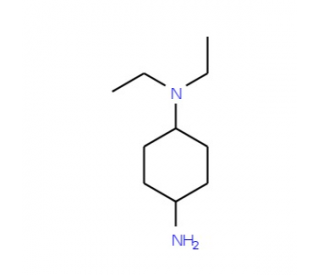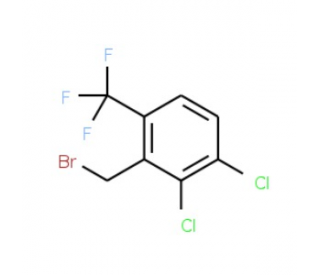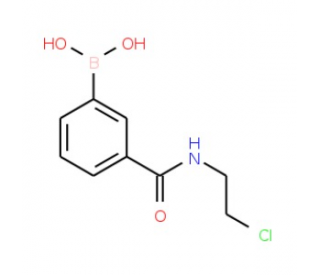詳細(xì)說明
Purity
>95%, by SDS-PAGE under reducing conditions and visualized by silver stain.
Endotoxin Level
<0.10 EU per 1 μg of the protein by the LAL method.
Activity
Measured by its ability to inhibit TSLP-dependent proliferation of BaF3 mouse pro?B cells co-transfected with human IL-7 R alpha and human TSLP R. The ED 50 for this effect is 10-30 μg/mL in the presence of 0.2 ng/mL of recombinant human TSLP.
Source
Mouse myeloma cell line, NS0-derived
Human TSLP R
(Gly25-Lys231)
Accession #Q9HC73DIEGRMD Human IgG1
(Pro100-Lys330)N-terminus C-terminus Accession #
N-terminal Sequence
AnalysisGly25
Structure / Form
Disulfide-linked homodimer
Predicted Molecular Mass
50.6 kDa (monomer)
SDS-PAGE
65-75 kDa, reducing conditions
981-TR |
| |
Formulation Lyophilized from a 0.2 μm filtered solution in PBS. | ||
Reconstitution Reconstitute at 500 μg/mL in sterile PBS. | ||
Shipping The product is shipped at ambient temperature. Upon receipt, store it immediately at the temperature recommended below. | ||
Stability & Storage: Use a manual defrost freezer and avoid repeated freeze-thaw cycles.
|
Background: TSLP R
TSLP R, also named Delta (1) and CRLM-2 (2) (cytokine receptor-like module-2), was originally cloned as a novel type 1 cytokine receptor with similarity to the common gamma chain. It was subsequently identified to be a subunit of the cellular receptor for the IL-7-like cytokine TSLP and termed TSLP R (3). The human TSLP R cDNA encodes a 371 amino acid (aa) residue type 1 membrane protein with a 22 aa residue signal peptide, a 210 aa residue extracellular domain, a 20 aa residue transmembrane domain, and a 119 aa residue cytoplasmic domain (4, 5). The extracellular region contains two fibronectin type III-like domains and a WSXWS-like motif. The cytoplasmic domain contains a membrane-proximal box 1 motif that is known to be important for association with JAKs (4). Human TSLP R displays 39% identity to mouse TSLP R and 24% identity to the common gamma receptor (4). An alternatively spliced mRNA variant encoding a soluble TSLP R has also been reported in mouse (2). TSLP R expression is ubiquitous in the immune and hematopoietic cells, but is up-regulated in Th2-skewed cells. Cells expressing TSLP R alone bind TSLP with low affinity. Co-expression of TSLP R and IL-7 R alpha is required for high-affinity TSLP binding and signal transduction (3 - 6). The TSLP R and IL-7 R alpha are coexpressed primarily on monocytes and dendritic cells and at lower levels in lymphoid cells. TSLP has been shown to induce the release of T cell-attracting chemokines from monocytes and enhance the maturation of CD11c+ dendritic cells (5).
References:
Fujio, K. et al. (2000) Blood 95:2204.
Hiroyama, T. et al. (2000) Biochem. Biophys. Res. Commun. 272:224.
Park, L.S. et al. (2000) J. Exp. Med. 192:659.
Tonozuka, Y. et al. (2001) Cytogenet. Cell Genet. 93:23.
Reche, P.A. et al. (2001) J. Immunol. 167:336.
Pandey, A. et al. (2000) Nat. Immunol. 1:59.
Long Name:
Thymic Stromal Lymphopoietin Receptor
Entrez Gene IDs:
64109 (Human); 57914 (Mouse); 171499 (Rat)
Alternate Names:
CRL2; CRL2cytokine receptor CRL2 precusor; CRLF2; CRLF2Y; CRLM-2; Cytokine receptor-like 2; cytokine receptor-like factor 2; ILXR; IL-XR; P2RY8/CRLF2 fusion; PCOR1; Thymic stromal lymphopoietin protein receptor; thymic stromal lymphopoietin receptor; thymic stromal-derived lymphopoietin receptor; TSLP R; TSLP receptor; TSLPR










 粵公網(wǎng)安備44196802000105號(hào)
粵公網(wǎng)安備44196802000105號(hào)